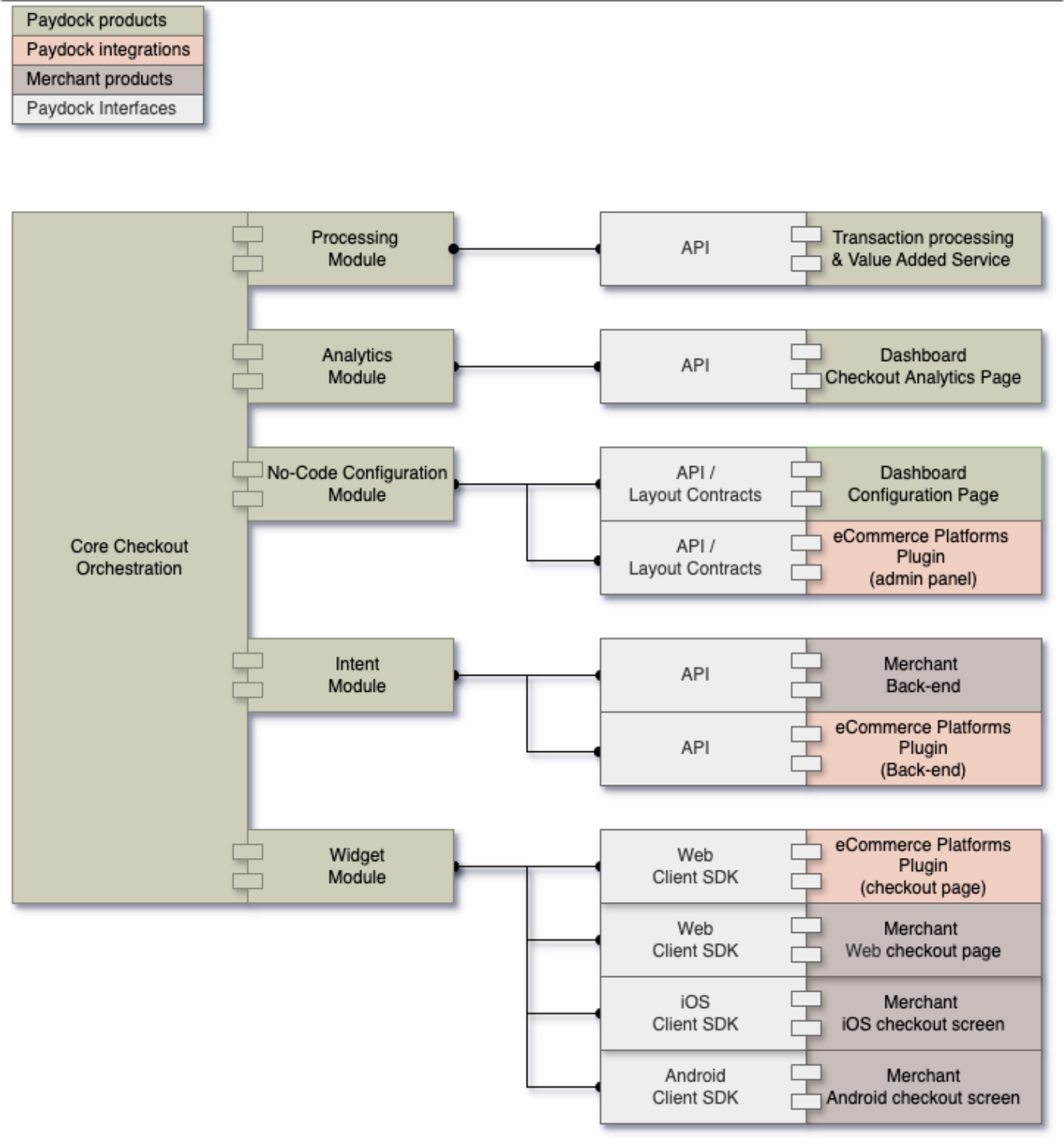CaPublished by PouchNATION
As the name suggests, contactless payments are made by buyers who don’t need physical currency or devices like a smartphone to complete payments. It’s quickly becoming a popular way to pay for goods and services, especially in a post-pandemic world.
With the measures of social distancing and hygiene in place, the new normal calls for contactless payment as a convenient, quick, and safe mode of payment. Its popularity has been picking up steam, being a better alternative to traditional methods.
In August 2020, Capgemini revealed that 64% of respondents had admitted to using contactless payment during the pandemic. It just goes to show how people are swiftly transitioning to a digital landscape to initiate and complete transactions.
How Do Contactless Cards Work?
Contactless cards rely on near-field communication (NFC), a technology that enables wireless communication. NFC is a type of Radio Frequency Identification (RFID), which is a technology that’s already being utilized in malls, stores, and warehouses to scan products.
Now RFID is being used for contactless payments through a payment device or POS terminal. To establish a connection, a contactless card with an NFC chip is brought close to the device. Encrypted data is exchanged to complete the transaction.
Contactless payment can be made from either a debit or credit card that is enabled with NFC technology. Banks are now incorporating NFC chips into cards to make payments easier and quicker for customers.
Advantages of a Contactless Payment System for your Businesses
For a business, relying on a contactless payment system comes with its share of perks. Digitizing the way we do business is monumental if we want to keep up with customers who are moving away from traditional forms of payment. Here’s how a business benefits from contactless payment systems:
● In less than 10 to 15 seconds, a contactless payment can be initiated and completed, which can save merchants a lot of time in processing orders.
● Easier payments translate into more spends overall.
● Contactless purchases automatically register all your transaction details, allowing you to easily review data for analysis or security purposes.
● Faster transactions equal faster checkout time, meaning fewer queues and lesser wait time for customers.
● Keeping exact change ready for physical cash payments will not be a cumbersome activity for retailers.
● Since payments are made digitally, cash registers won’t have to accumulate money before being emptied at the end of every month. This can significantly curb thefts and burglaries.
● On busy days, stores can perform checkouts faster and not lose out on customers who abandon the line to shop elsewhere.
● Customers will appreciate a store’s efforts to make payments seamless and hassle-free. They are more likely to shop at the same location again. That can boost revenue and promote a stronger brand image of keeping up with the times.

A customer making wireless or contactless payment using smartwatch.
Advantages of a Contactless Payment System for your Customers
The pandemic has forced people to adapt to a new way of doing things but going digital has proven to be a lifesaver, especially for many businesses.
Let’s dive into the advantages of switching to contactless payment systems:
● Compared to physical cards, data that is stored on a contactless payment system is more secure. This helps reduce the incidents of fraudulent cases from card misuse.
● The data that is exchanged between contactless payments systems is only valid for the period of the transaction. Since digital data is ever-changing, there is no room for fraudsters to take advantage of one’s sensitive data.
● Consumers can reject unauthorized transactions when the second level of verification takes place for contactless payments.
● It’s safer, easier, and convenient to complete transactions online and offline.
● Maintains hygiene since there is virtually zero contact between the contactless systems.
It’s clear that contactless payment systems are here to stay and traditional payments are slowly heading out the door. In Southeast Asia alone, Visa reported that a huge 85% of consumers are now going cashless – paving the way for contactless payment systems across the region.
The future of contactless payments looks exciting and fresh – and is already transforming the way individuals and companies handle their everyday finances. To get ahead of the pack, businesses can gradually transition to contactless payment systems and make their operations future-proof.




